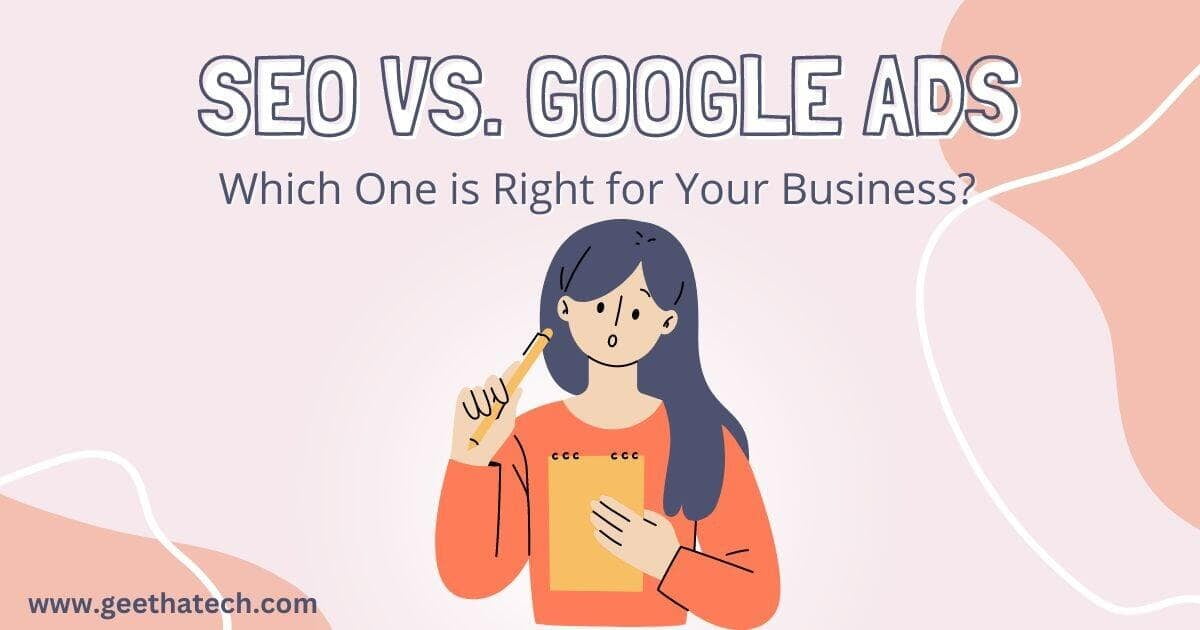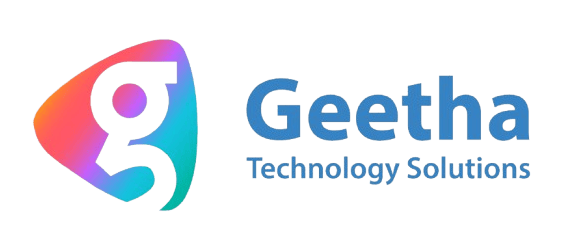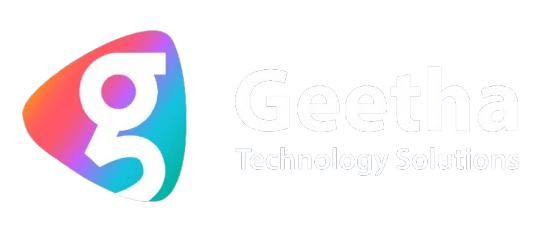
In today’s digital landscape, businesses must choose the right strategies to reach their target audience and grow their online presence. Two of the most effective strategies for driving traffic and generating leads are Search Engine Optimization (SEO) and Paid Advertising. But which one is better for your business?
In this blog, we’ll compare SEO and Paid Advertising in terms of cost, results, and long-term benefits to help you determine which approach will best serve your business goals.
What is SEO?
Search Engine Optimization (SEO) is the process of optimizing your website to rank higher in organic search engine results pages (SERPs) for relevant keywords. The goal of SEO is to increase your website’s visibility, attract more organic (non-paid) traffic, and improve your search engine ranking over time.
Benefits of SEO:
- Cost-effective: Although SEO requires an initial investment in time and resources, organic traffic doesn’t require you to pay for clicks or impressions like paid ads do.
- Long-term results: SEO efforts can bring long-lasting results, and once you achieve a high ranking, you’ll continue to receive traffic without ongoing costs.
- Builds credibility and trust: Ranking high in organic search results often signals to users that your website is reputable and trustworthy.
Challenges of SEO:
- Takes time: SEO is a long-term strategy, and it can take several months to see significant results, especially in competitive industries.
- Ongoing effort: SEO requires continuous updates, content creation, and optimization to maintain and improve rankings.
- Algorithm changes: Search engines like Google regularly update their algorithms, which can impact your rankings and require you to adapt your SEO strategy.
What is Paid Advertising?
Paid advertising, also known as Pay-Per-Click (PPC) advertising, involves paying for ads to appear on search engines (like Google Ads), social media platforms (such as Facebook Ads), or other websites. You pay each time a user clicks on your ad or views it, depending on the type of campaign.
Benefits of Paid Advertising:
- Immediate results: Unlike SEO, paid advertising delivers instant visibility and traffic. Once your campaign is live, you can start attracting visitors and potential customers immediately.
- Targeted advertising: Paid ads allow you to target specific demographics, locations, devices, and even behaviors, ensuring that your ads reach the right audience.
- Scalability: Paid advertising is easily scalable. If a campaign is working well, you can increase your budget to get more clicks, leads, or sales.
- Control over messaging: With paid ads, you have full control over the ad copy, visuals, and call-to-action, which lets you tailor your message for specific campaigns or audiences.
Challenges of Paid Advertising:
- Costs can add up: Depending on your industry and competition, paid advertising can be expensive, and costs can quickly increase without careful management.
- Temporary results: Once you stop paying for ads, the traffic stops. This means you need to continuously invest in ads to keep getting results.
- Ad fatigue: Users may become desensitized to your ads over time, reducing their effectiveness unless you constantly refresh your creatives.
SEO vs. Paid Advertising: A Comparison
Here’s a closer look at the differences between SEO and Paid Advertising in several key areas:
Factor | SEO | Paid Advertising |
Cost | Typically a lower ongoing cost. Requires investment in content, optimization, and tools but no cost per click. | You pay per click, impression, or action. Costs can add up, especially in competitive industries. |
Time to Results | SEO takes time to show results, often several months to a year. | Immediate results once your ads are live. |
Longevity | Long-term results that continue even after the initial effort (assuming ongoing maintenance). | Results stop as soon as you stop paying for ads. |
Control over Placement | You have limited control over where your site ranks; it depends on the algorithm. | Full control over when and where your ads appear based on your budget and targeting. |
Targeting Options | SEO targets users based on search intent, location, and relevance. | Advanced targeting options, including location, demographics, behaviors, and devices. |
Credibility | Organic search results are often seen as more credible and trustworthy by users. | Paid ads are marked as sponsored, which some users may distrust. |
Maintenance | Requires ongoing optimization, content updates, and staying up-to-date with algorithm changes. | Requires continuous budget allocation and refreshing of ad creatives to avoid fatigue. |
When Should You Choose SEO?
SEO is an excellent choice for businesses that:
- Are focused on long-term growth: If you’re looking to build a sustainable source of organic traffic, SEO is ideal.
- Have a limited budget: While SEO requires investment in content and optimization, it generally has a lower ongoing cost than paid advertising.
- Operate in low-to-medium competition industries: Businesses in less competitive industries may find it easier and quicker to rank higher in search results.
- Want to build trust: High-ranking organic results are often perceived as more trustworthy by users compared to paid ads.
When Should You Choose Paid Advertising?
Paid advertising is the right choice for businesses that:
- Need immediate results: If you want quick traffic, leads, or sales, paid advertising is the fastest way to get there.
- Have a product launch or time-sensitive offer: PPC is great for promoting limited-time offers, sales, or new products.
- Operate in highly competitive industries: If your industry is very competitive, it may be difficult to rank organically in a short time, making paid ads a more reliable option.
- Have a flexible budget: Businesses with a flexible marketing budget can scale up their paid campaigns as needed to drive more results.
SEO and Paid Advertising: The Best of Both Worlds
For many businesses, the most effective strategy is a combination of both SEO and paid advertising. By investing in SEO, you’ll build a long-term foundation for organic traffic. Meanwhile, using paid advertising can give you the immediate boost you need for time-sensitive promotions or competitive industries.
How SEO and Paid Advertising can work together:
- Use paid ads for quick results while waiting for SEO: While SEO efforts take time to pay off, PPC can bring immediate traffic to your website. This is especially useful for new businesses or websites.
- Test keywords with PPC before using them in SEO: Paid ads provide valuable insights into which keywords drive conversions. You can then focus your SEO efforts on optimizing for high-performing keywords.
- Remarketing to organic visitors: If users find your site organically but don’t convert, you can use paid ads to retarget them with personalized offers or content, increasing the chances of conversion.
Both SEO and Paid Advertising have their unique advantages and challenges. The right strategy for your business depends on your specific goals, budget, and timeline. If you’re looking for long-term, sustainable traffic, SEO is the way to go. If you need fast results or want to promote a specific offer, Paid Advertising offers instant visibility and engagement.
Also read: 5 Digital Marketing Trends Every Business Should Know in 2024
For most businesses, combining both strategies provides the best results—SEO builds your foundation, while paid ads deliver immediate traffic and conversions.

